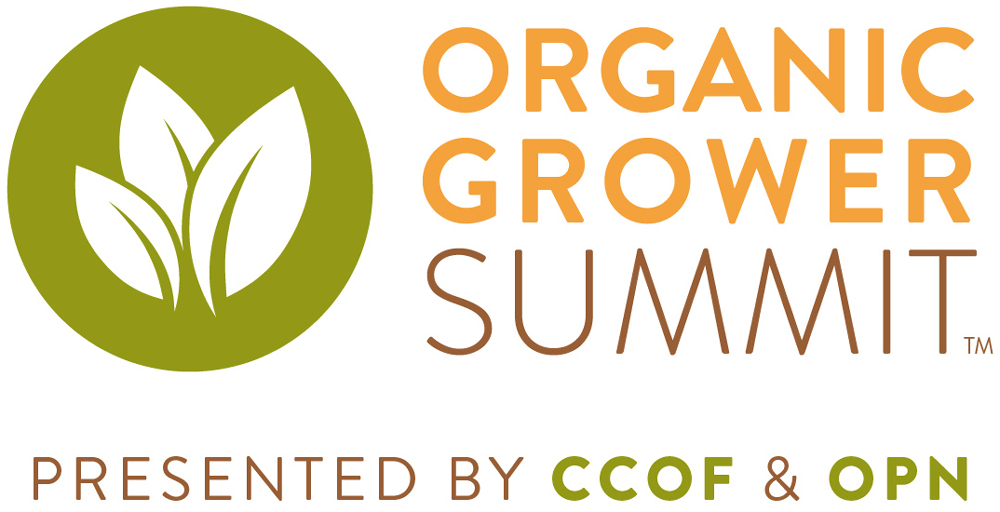New Study Reveals Why Retailers Sell Organic Food
Retail stores study the socioeconomic characteristics of the neighborhoods they serve in order to decide whether to sell organic food or not, according to a new study by New York University's Steinhardt School of Culture, Education, and Human Development. Of course, organic food is also affected by what’s available, the size of the store and what items actually sell.
Researchers visited 1,256 Manhattan stores looking for a list of 24 organic foods. They found 60 percent of stores had zero of the items and only five percent had half or more of the items. They then mapped the stores and found the correlation with the socioeconomic statistics for each neighborhood. The five percent which sold half or more of the organic list were those with higher income and education levels for the neighborhood. The study was published in the Journal of Food Products Marketing. Why do retailers sell organic foods? Follow the money.
Are "Natural Foods" Undermining Organic?
According to the Hartman Report, greater access to private label organic products and the growth of the natural market have provided consumers with options that could dilute the “purity” and the price organic foods have enjoyed in the growth phase. Hartman Group’s research since the 1990s has helped growers and retailers alike stay ahead of trends. The new syndicated research report for 2016 explores key distinctions between organic and natural and continues to document the changing landscape of the organic and natural marketplace and culture. To learn more about the report: Organic & Natural 2016
European Organic Market Continues to Outgrow Organic Farmland
The organic market continues to grow in Europe. From 2014 to 2015, the organic market grew 13 percent and organic farmland grew 8.2 percent. While the organic market continues to grow faster than organic farmland, land did grow more in 2015 than in past years. Almost a million hectares of organic farmland were added, says a survey by Research Institute of Organic Agriculture and the Agricultural Market Information Company. Organic in Europe: Organic market grows by double digits
USDA 2016 Organic Survey – Your Help Needed
If you grow certified organic produce, you should have received a copy of the survey from USDA National Agricultural Statistics Service (NASS). While completing the survey is voluntary, OPN urges you to do so as this information is critical to having the ability to know and share the impact of certified organic agriculture has in the U.S. The information is confidential and will be used as aggregated data. 2016 Certified Organic Survey News Release
Produce is Being Lasered in Sweden
Yes, you read it right. Swedish chain ICA is using low-energy carbon dioxide laser to brand produce – essentially removing the pigment from the skin to mark the produce with its name, country of origin and code. The technology doesn’t pierce the skin and does not harm the product, while helping reduce waste from stickers and packaging. Swedish Supermarket Tests Lasers To Label Organic Produce







 OPN Connect is pleased to introduce our first contributor, Melody Meyer, vice president of corporate social responsibility, policy and industry relations for United Natural Foods Inc. (UNFI). Melody has been in the organic food industry since 1976 and is a founding member of the Alliance of Organic Food Funders and an active member of Sustainable Agriculture and Food Systems Funders.
OPN Connect is pleased to introduce our first contributor, Melody Meyer, vice president of corporate social responsibility, policy and industry relations for United Natural Foods Inc. (UNFI). Melody has been in the organic food industry since 1976 and is a founding member of the Alliance of Organic Food Funders and an active member of Sustainable Agriculture and Food Systems Funders.